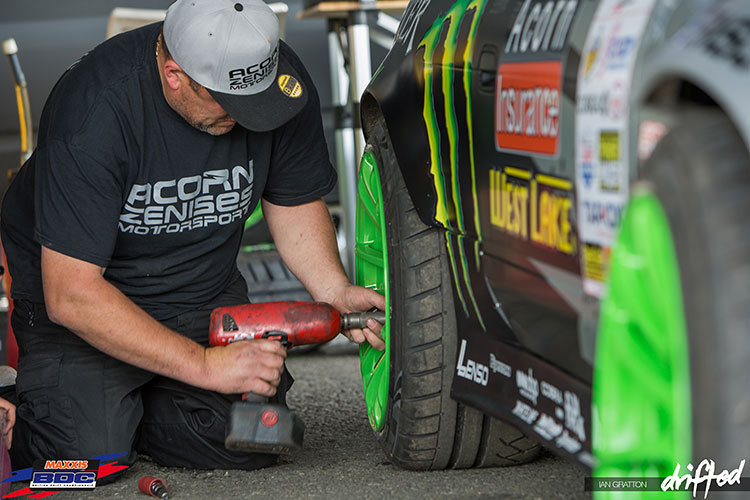Vehicle Maintenance 101
It doesn’t matter if you are a vehicle enthusiast or a professional drifter - there are some things that every car owner must do in order to make sure that their beast is in perfect condition!

Naturally, we refer to the 101 that every vehicle owner should be presented with!
Therefore, beginners should get ready to note the following things down, while professionals can use this to remember some of the things they might have forgotten.
Let’s start the vehicle maintenance 101!
The Owner’s Manual is Your Best Friend
Inside the owner’s manual that every vehicle should come equipped with you’ll find a section named maintenance schedule. This section points out the intervals for a variety of maintenance items, such as the filter, engine oil, hoses, belts, tire rotation, and so on.
Monthly Tire Check
Tires need to be properly inflated so that they can do their job. If you inflate tires on your own - or plan to do so -, then get familiar with the PSI required for your tires and make sure to inflate them only when they are cold.
If you are travelling, you can rely on a portable, quiet air compressor that can easily fill a flat tire.
Change the Oil and Oil Filter
If you don’t change your motor oil regularly, your engine can get damaged because the contaminants that accumulate in it cause a lot of friction - the parts of the engine rub together and, eventually, damage themselves.
Before changing the oil, make sure that it meets the viscosity and service requirements mentioned in your vehicle’s owner’s manual.
Fluid Inspection
Besides motor oil, your car comes equipped with coolant, washer fluid, and transmission fluids as well. You’ll have to inspect all of them!
Transmission fluid is checked with a dipstick, while coolant, brake fluid, and washer fluid levels are measured by removing their respective covers and simply looking at them.
Belts and Hoses Examination
The last thing you have to do for the proper maintenance of your vehicle is to check the belts and hoses that are located in the engine bay.
Those hoses are responsible for keeping the engine clean, as they direct coolant throughout it. Inspect the hoses and if you notice cracks, bulges, or even a hose that has separated from the engine, then replace them as soon as possible.
On the other hand, the timing belt is very important when it comes to the proper operation of your engine. Inspect it and make sure that it doesn’t show any signs of material loss, cracking, signs of wear, glazing, and so on. If it does, replace it.
The Bottom Line
Basically, proper vehicle maintenance is done with minor yet very important vehicle knowledge. You don’t need to know too much about how the engine works, for example, in order to change its oil or belts.
Still, the important bit is the fact that you have to do this sort of maintenance on your own. If you make it a habit to take your car to a service monthly, not only will you spend a lot of money doing so but you will also be pretty much helpless if anything happens to your car and you don’t know how to fix it!

















